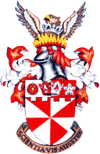History
home | history | then and now | cell 3
Cell 3 (630): Then And Now
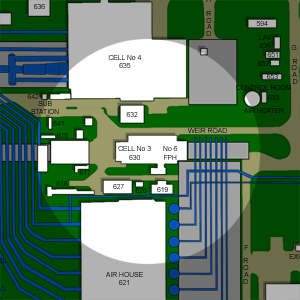 |
As gas turbines grew in size and power,
Cells 1 & 2 were found to be too small, and too lacking in testing facilities,
to deal with these new power plants. Therefore Cell 3 was conceived as a solution.
With its supersonic air flows generated by the plant in the Air House,
Cell 3 was also equipped with both icing facilities, heated and dry air supplies.
Each of these necessitated extra plant positioned within the vicinity of the cell.
It was not the most photogenic of cells, being mostly sunken in a trench. This reduced the noise levels,
so a silenced exhaust was not required either (exhaust gases were taken up by the suction mains and exhausted via the
Air House stacks). But its hidden nature meant that the few archival pictures
to surface are just of the test cell itself.
|
The original photographer stood right on the lip of the open roof of the Cell 3
test cell to get this shot of a gas turbine under test. Note the array of bolts along the cut section of the cell's
top which allowed the roof section to be bolted in place.
An exact reproduction of the original shot wasn't possible even though I was in the same position as the original photographer.
A curved section of roof wsa left over the empty cell and so it wasn't open along its entire length.
Another curved roof section of the cell could be seen further back in the building, top left.
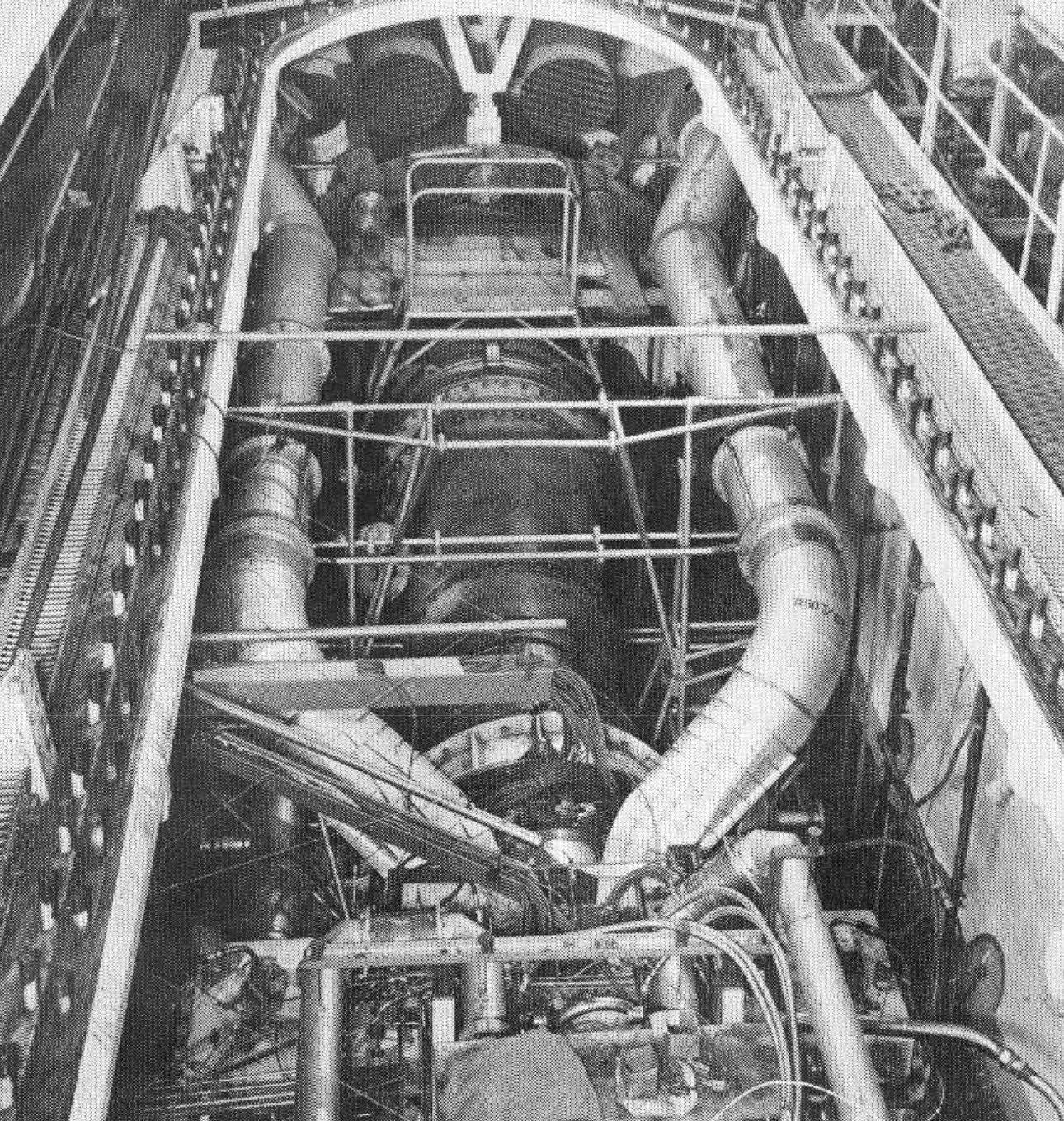
|
|
A simulated aircraft nacelle in position for environmental trials including all the accessories and cabin air conditioning equipment.
|
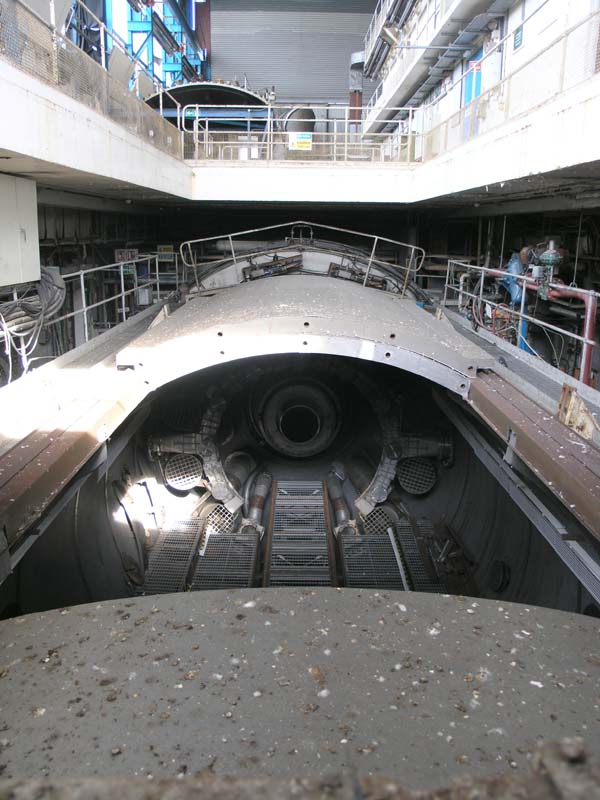
|
A slightly shallower angle looking east across the Cell 3 altitude cell.
24|04|07 © Simon Cornwell 2007
|
One of Concorde's Olympus 593 gas turbines, hooked up for testing in the cell. Note the array of bolts along the cut section of the cellís
top which allowed the roof section to be bolted in place.
Unfortunately a piece of the curved roof was left in place, so the whole length of the cell wasn't open, making a direct
comparison difficult. And the position of the sun, shining into the opening western door of the cell, meant that the interior
of the cell was dark.
If you could see the interior, then it would've beem confusingly different with all sorts of weird attachments (doors, pulleys, painted sections) added to
the interior of the cell. These were added by set dressers for the film Sahara.
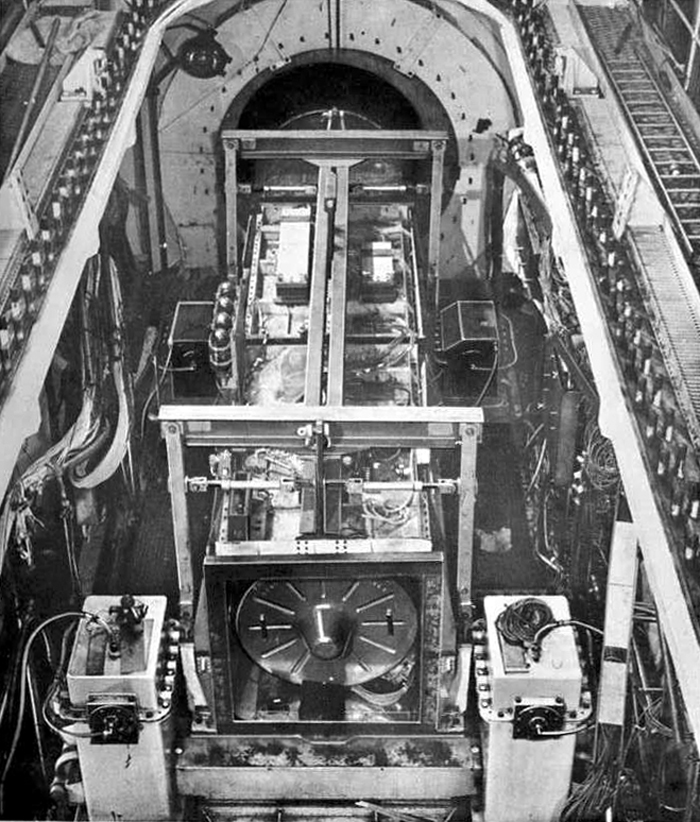
|
|
Concorde Olympus 593 mounted in simulated altitude nacelle in Cell 3
|

|
A slightly shallower angle looking east across the Cell 3 altitude cell.
05|05|07 © Simon Cornwell 2007
|
The cell was much more cluttered in the past and included huge wiring looms and wiring cabinets.
A shadowy figure of an enginner can just be seen to the right, giving the view some scale. Much of
this extra wiring and boxing may have been stripped out to give the cell a 'cleaner' appearance
for Sahara.
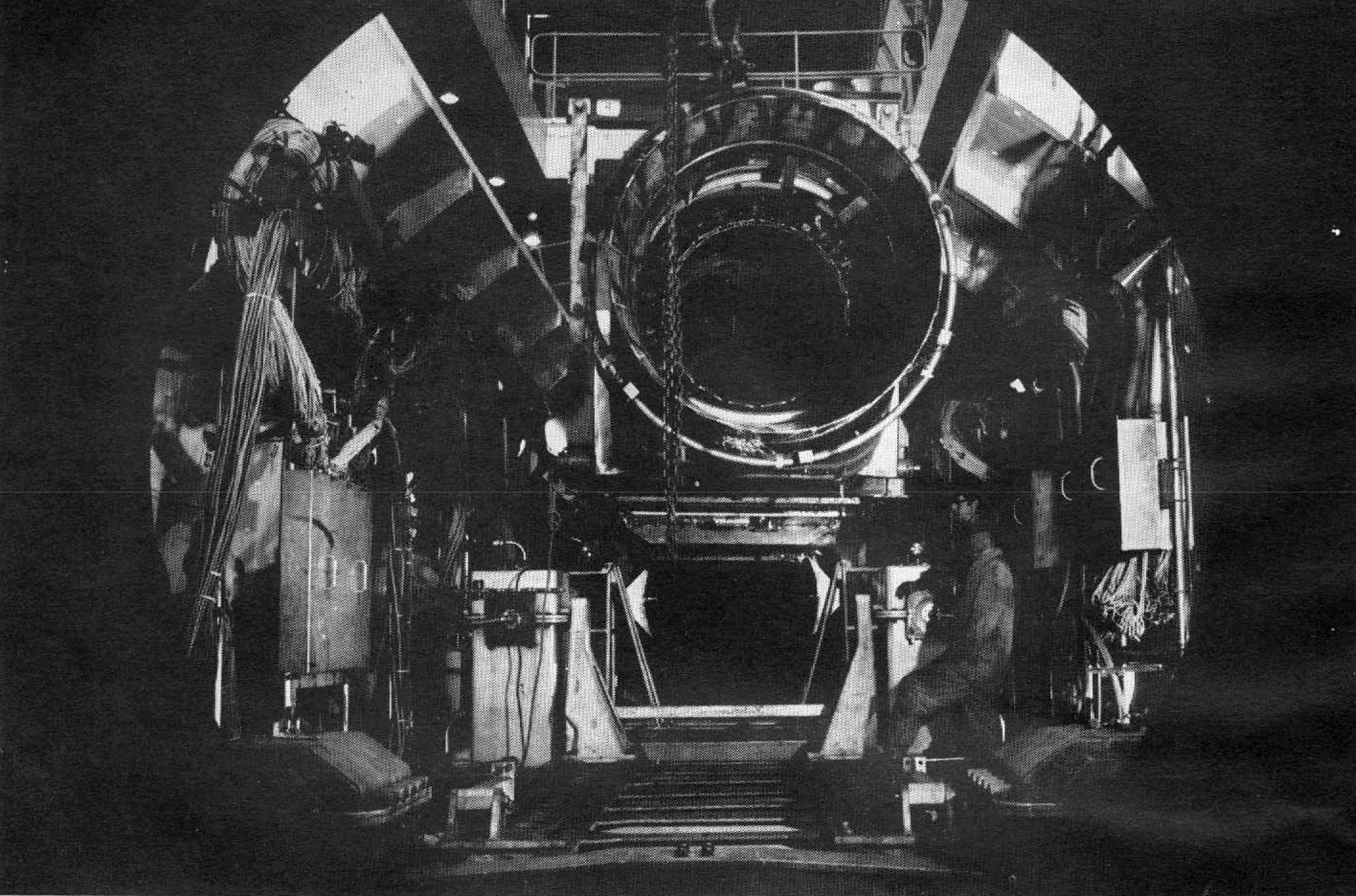
|
|
'Flange-to-flange' Olympus 593 engine for Concorde being lowered on to the thrust frame in Cell 3
|

|
Looking north along the remnants of the thrust frame in the working section.
24|04|07 © Simon Cornwell 2007
|
The original photographer ventured deep within the bowels of Cell 3
to photograph a worker inspecting the enormous gas cooler assembly mid-way down the cellís body. The man gives
an excellent idea of the size of this structure.
My shot was taken further back whilst stood in the water cooled diffuser section. The inhibition torches
can be seen protruding from the sides of the walls before the pipe widens out into the exhauster cooler itself.
The large coiled pipe seen in the original photograph has gone.
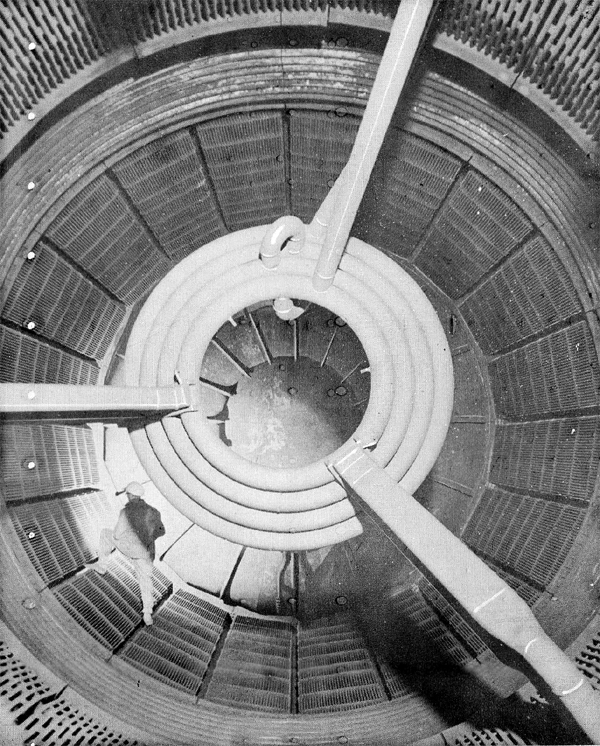
|
|
Cell 3 gas cooler
|
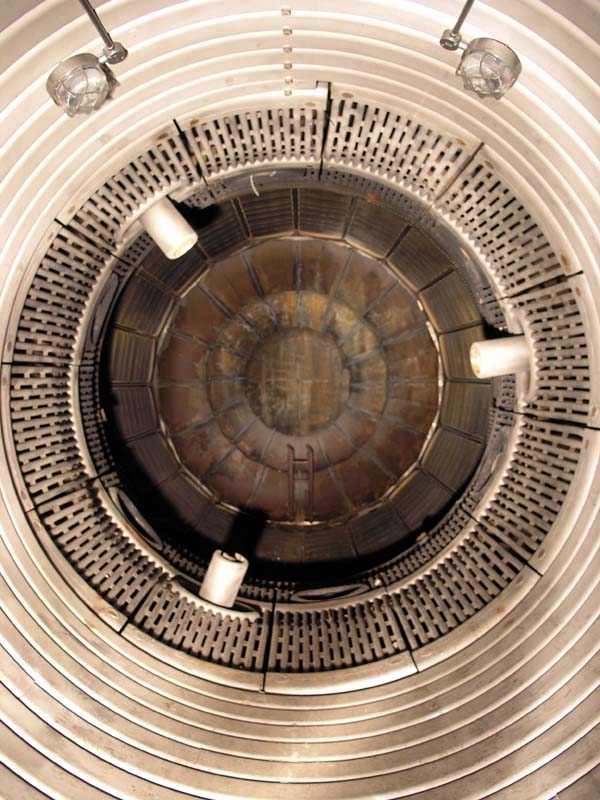
|
Same shot but taken further back.
05|05|07 © Simon Cornwell 2007
|
The original photographer was standing on the first floor of the Computer Building
when he took this shot of the towering Cell 3 Air Heater.
Unfortunately, this monstrous structure has long gone, but thereís still plenty of evidence to show where it was.
The raised concrete base and metal ladder to the control room are still in-situ, as are the sunken trenches for fuel
tanks and piping.
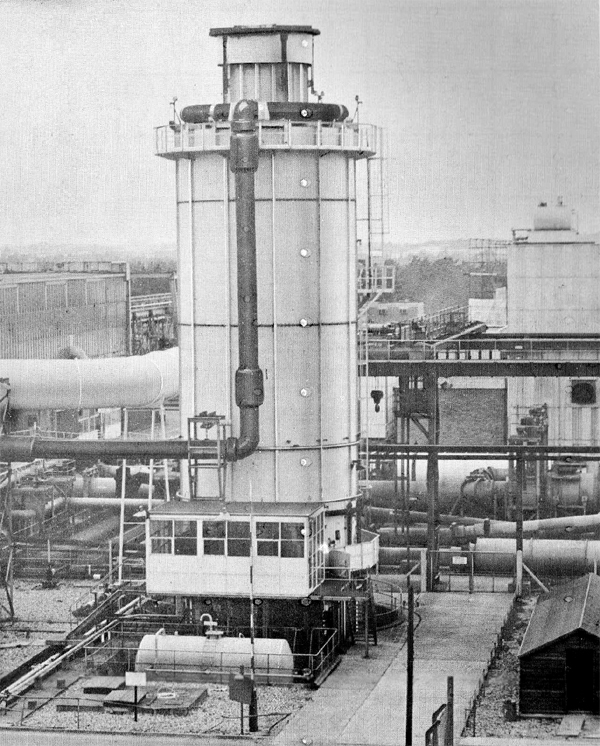
|
|
Cell 3 air heater
|
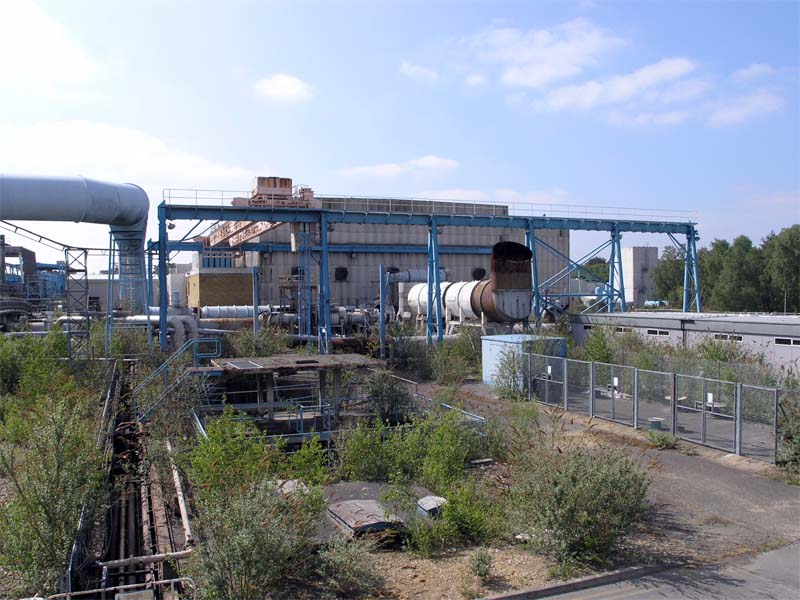
|
Looking over the same area, but looking north west instead of west.
05|05|07 © Simon Cornwell 2007
|
This shot shows an engineer positioning a gas turbine into Cell 3 for testing. The photographer
was perched on the roof of the cell itself shooting west across the cell and capturing the back wall.
I was in a similar position and shooting in the same direction, but I was positioned on the ground floor above where the original
photograph was taken. All the studs holding the cell's curved roof section appear to have gone; plus the Sahara set-dressers
have added doors to the exhaust port of the cell. The only way to match the shots was to compare the curved white section at the end of
the open cell section.
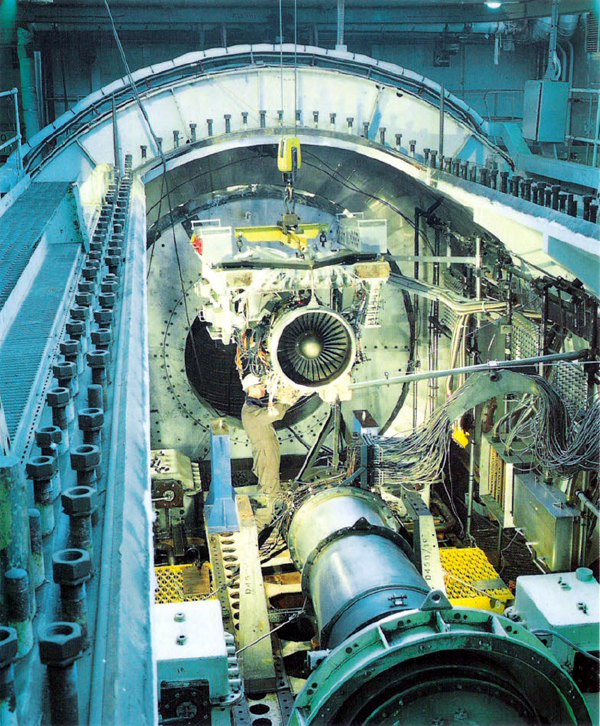
|
|
Positioning a gas turbine into Cell 3
|
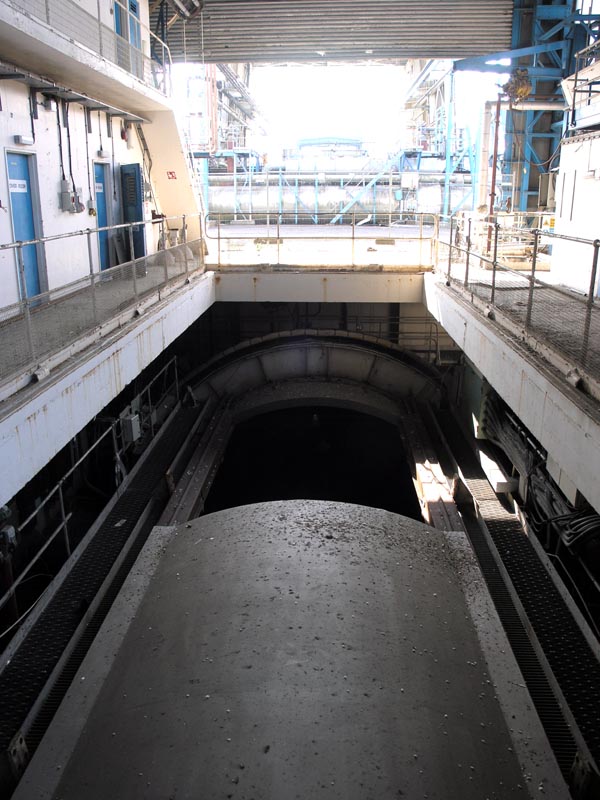
|
A shot taken higher up looking over the cell.
05|05|07 © Simon Cornwell 2007
|
|


